Ice Hockey Positions: 101
What do centers, wingers, defensemen and goalies do?
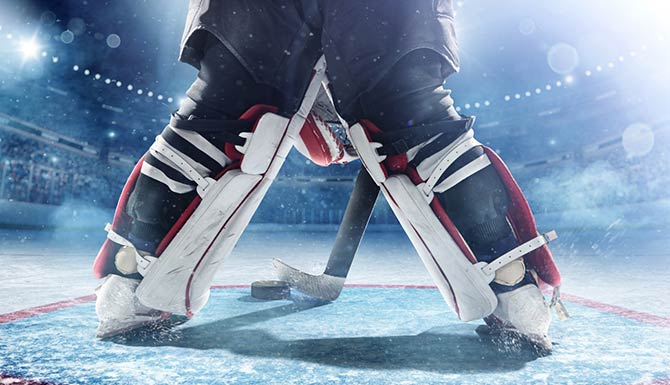
What are the positions in ice hockey? And above all: what are their objectives? We take a close look at goalies, wingers, centers and defensemen.
These are the positions in ice hockey
How many hockey players are on the ice?
A hockey game is played with 6 players on the ice.
The five players have the following positions:
- one center
- a left and right wing
- two defensemen
The goalie plays in the goal as the 6th player.
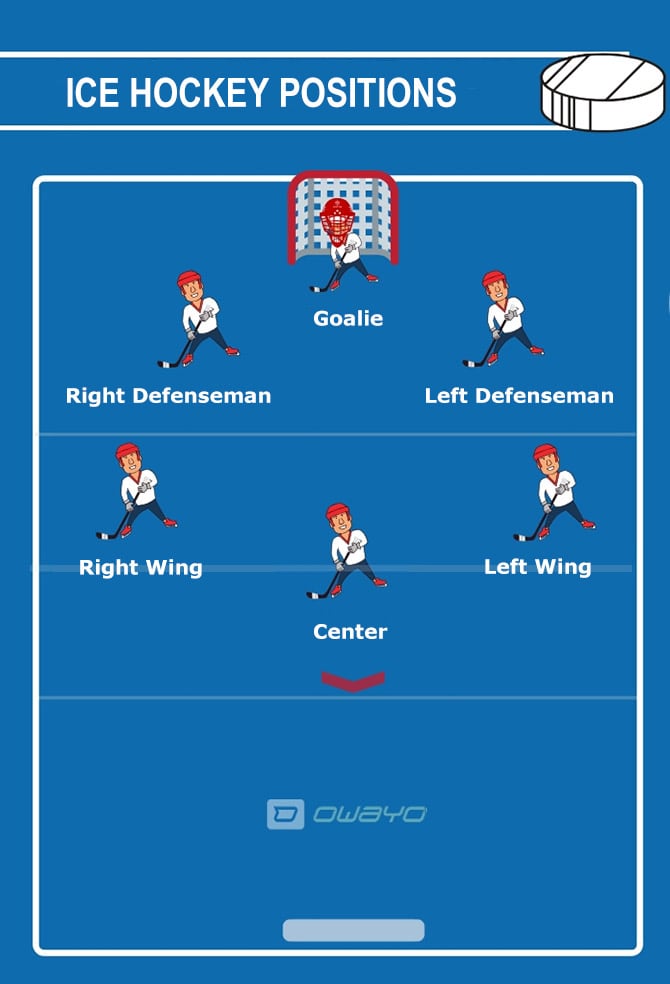
Fighting together with one goal - with changing roles
While the goalie defends his goal, the players take over all other tasks. Unlike football, where everyone has their set role. The defensemen in ice hockey can attack the opponent's goal while the wingers can defend.
Nevertheless, defensemen usually defend while the center and wingers usually attack.
What the different positions do
Wingers have to be nimble, defenders prudent and goalies hold the key to success: in ice hockey the players have clear tasks. We explain which tasks the different ice hockey positions have to fulfil.
Center: The robust
The center is the central attacker in ice hockey. He is usually the scorer.
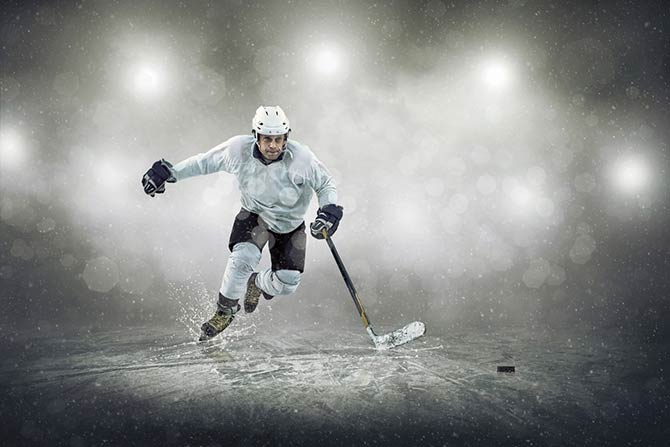
In a game, the three forwards (center + wingers) work together closely: The two wingers pass from the side to the center, so that he can shoot the puck.
Conversely, the center also allows the two wing forwards to score by distracting the opponent's defenders.
The center is not only occupied with scoring. He must also support the defense to keep the puck as far away from his own goal as possible.
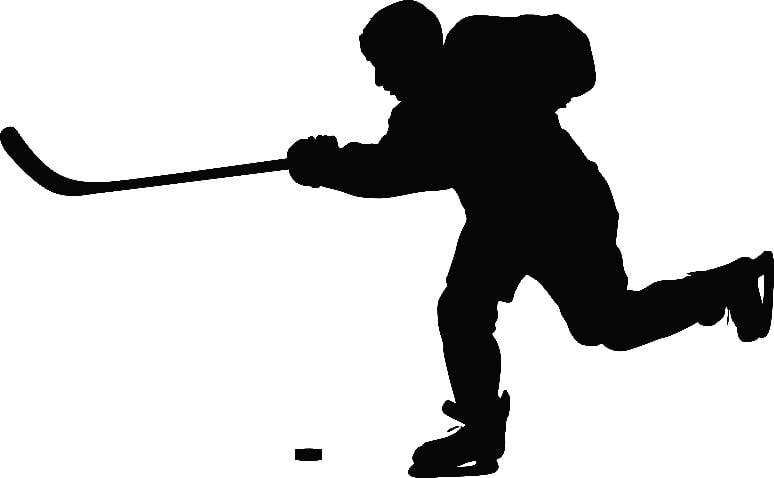
These are a center's tasks in a game of ice hockey:
- Score goals
- Complete passes
- Win faceoffs
- Support your wingers
- Collect rebounds in opponent's goal area
- Keep the puck and opponents away from your own goal
- Lead breakouts
- Switch quickly from attack to defense after puck loss
The player in the center's position must be particularly robust and assertive: on the one hand, because his role as a supporter involves a variety of tasks, from scoring goals to defending and disturbing the opposing players. On the other hand, because the opponent's defenders naturally target him and do everything they can to hinder his actions. The position of the center is therefore particularly suitable for player who finds creative ways to score.
Did you know? The famous Canadian ice hockey player Wayne Gretzky, who played in the National Hockey League (NHL) as a center from 1979 to 1999, once said:
"I skate to where the puck is going to be, not where it has been."
This sentence also inspired Steve Jobs - he quoted it in 2007 at the presentation of the iPhone.
Winger: The nimble
The left and right wingers are at the center's side. They support the center and score goals.
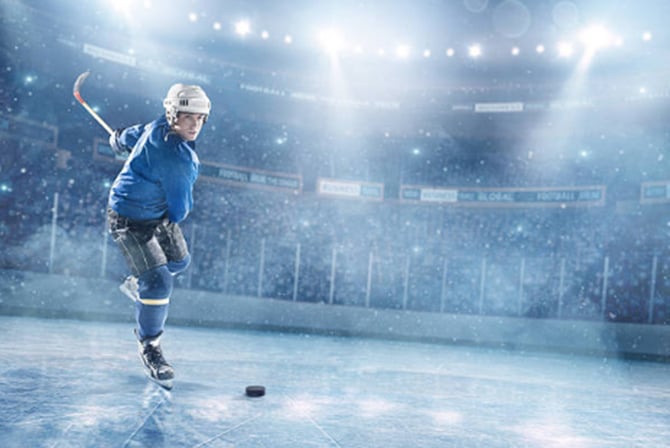
The forwards playing on the left or right side of the ice and are referred to as the left winger and right winger. This means that the right wing forward plays primarily on the right side of the field, the left wing forward on the left. They provide the centre with passes that allow him to score goals.
Just like the center, the wingers takes on different tasks depending on the game situation. They try to score goals and if the opposing team has the puck, they go on defense. Thus the right winger covers the left defender of the opposing team, the left winger the right defender.
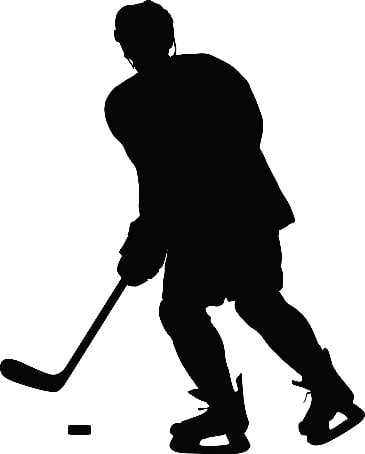
These are the tasks of a winger:
- move the puck out of the defensive zone
- help the center score goals
- take passes from the forwards
- score goals
- prevent the opponent's defenders from getting the puck
- block shots and passes from the opponent
- intercept passes and start breakaways
Wingers must be especially fast ice-skaters. After all, they often have to pass long distances, create opportunities in the opponent's crease and attack the opponent's goal to take advantage of scoring opportunities.
Defensemen: the dream team
The two defensemen play like the winger on the left and right of the ice. Their main task is to protect their own goal from attacks by the opposing team and to get the puck for their own team.
Like the other skaters on the, the two defenders take on different tasks. If their own team starts an attack, the defenders do not hesitate and chase after them to support their team-mates in front of the opposing goal.
At the same time they must not leave any gaps in the defence and must be back by their own goal area quickly so that the opponent cannot take advantage of their absence. It is essential for the defenders be in the right place at the right time.

These objectives make the role a defensemen very demanding. They must react quickly, communicate with their teammates and skate backwards!
Being enthusiastic is enormously important - as the Canadian defender Bobby Orr emphasizes in his autobiography "My Story":
„Of course, the final piece of the puzzle is passion. Without it, the hard work is just too hard.“
The two defensemen often act as a well-rehearsed couple on the ice. While the three forwards are mixed in the substitutions during the course of the game, the two defenders are usually tactically closely coordinated and know the peculiarities of their partner. It can be challenging when two defenders play together for the first time in a match.
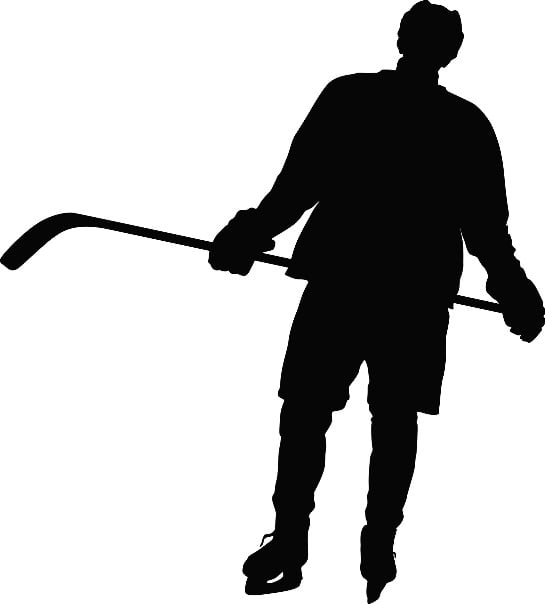
This is what a defensemen does:
- Defend against opponent's attacks
- Stop passes
- Gain possession of puck
- Control game, if opposing team is in possession of puck
- Control opponent
- Clear rebounds from own crease
- Pass puck to attackers
- Support forwards in their attack
- Work closely with other defender
- Coordinate with team members
- Make quick decisions
- Bring the puck out from your own zone
Goalie: the key to success
The goalie defends the opponent's shots. The goalkeeper position is a key position with special training and their own equipment.
The main task of the goalie is not to let the puck into the goal - and to strengthen the self-confidence of the team by successfully defending said goal with his body. A strong, safe goalkeeper allows his team to play more offensively and strengthens their back in critical situations.
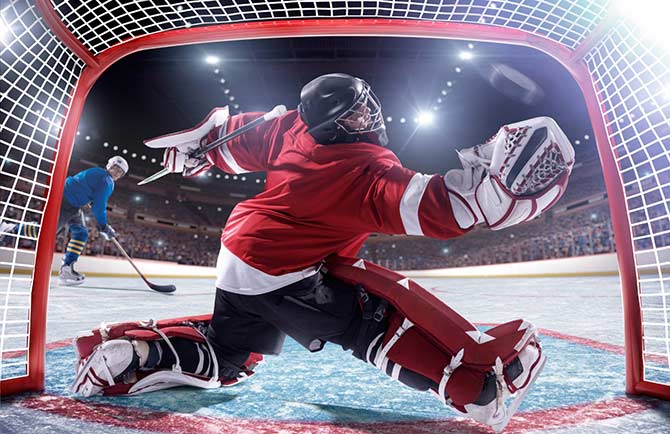
The Canadian NHL star of the 1960s Gene Ubriaco summed up the role of the goalie as follows: "In ice hockey, the goalie accounts for 75 percent of the game. Unless it's a bad goalkeeper. Then it's 100 percent."
The skaters support the goalie, who has to fend off dozens of shots a game. Particularly important are rebounds, i.e. shots that the goalkeeper could fend off, but not hold on to, and which thus allow the opponent an additional chance at a goal. Here the goalie is dependent on the defenders, who should clear the puck from the crease after a rebound.
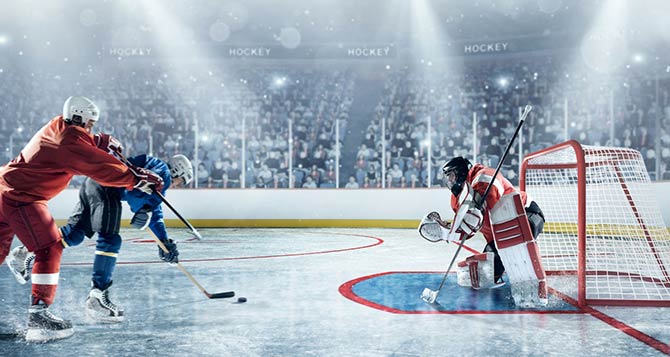
While the goalkeeper used to guard the goal, today he is much more actively involved in the game. For example, he can intercept the puck behind the goal or pass it to his teammates and thus initiate an attack.
By the way: Unlike his five fellow players on the ice, the goalkeeper may "freeze" the puck (freeze or freeze the puck), i.e. hold or cover it with his catching glove, and thus interrupt the game. If he is unsure where exactly the puck is, he can also throw himself onto the ice with his whole body and thus prevent a goal.
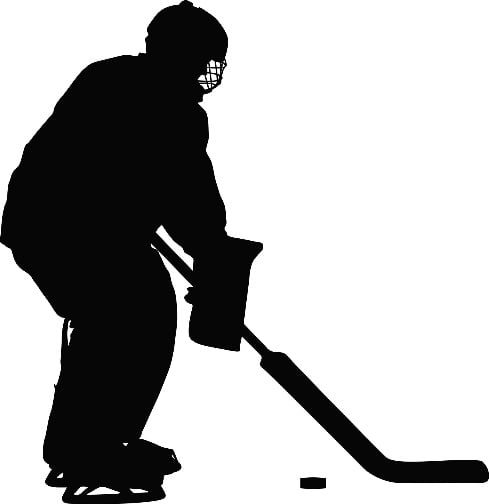
This is what a goalie does:
- Fend off shots from the opponent
- cover the puck to avoid rebounds
- pass the puck to make a surprise counter
- Show mental fortitude
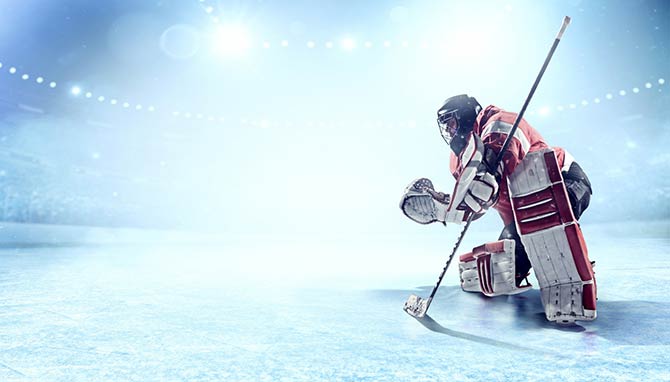
The goalie's equipment includes a glove, goalie stick (wider than the normal stick), skates as well as leg pads, blocker (for the stick hand) and a protective helmet. Since the puck can be shot at speeds of over 100 mph, and the goal is big, the goalie needs special padding. The Canadian ex-goalie Glenn Hall explains what it was like to be a goalie before protective masks were the norm: "The highest priority was survival, then came stopping the puck."
Many roles, one team
As different as the individual positions in ice hockey may seem at first glance, the six players are playing with the same goal. The high speed of the ice hockey game demands that every player change roles and supports his team where needed. That's what makes the game so exciting!
Which ice hockey position would you like to play? Do you already play or perhaps considering joining a team? Read in the owayo magazine which ice hockey penalties exist.
For those who want a refresher on the rules, we recommend our article The rules of ice hockey.
Discover our high-quality ice hockey products for yourself or design your individual jersey with our 3D Kit Designer.
Have fun playing and cheering on your team!
Images: Images 5, 7, 9, 10, 12: © gettyimages/ Dmytro Aksonov; Image 2: © gettyimages/willierossin; Image 3: © gettyimages/ Yuran-78; Image 4 ,6, 8, 11: © gettyimages/ aarrows